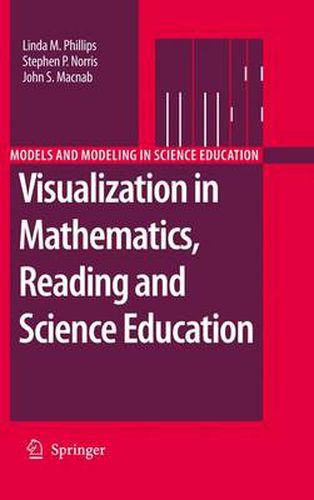Readings Newsletter
Become a Readings Member to make your shopping experience even easier.
Sign in or sign up for free!
You’re not far away from qualifying for FREE standard shipping within Australia
You’ve qualified for FREE standard shipping within Australia
The cart is loading…






This title is printed to order. This book may have been self-published. If so, we cannot guarantee the quality of the content. In the main most books will have gone through the editing process however some may not. We therefore suggest that you be aware of this before ordering this book. If in doubt check either the author or publisher’s details as we are unable to accept any returns unless they are faulty. Please contact us if you have any questions.
Science education at school level worldwide faces three perennial problems that have become more pressing of late. These are to a considerable extent interwoven with concerns about the entire school curriculum and its reception by students. The rst problem is the increasing intellectual isolation of science from the other subjects in the school curriculum. Science is too often still taught didactically as a collection of pre-determined truths about which there can be no dispute. As a con- quence, many students do not feel any ownership of these ideas. Most other school subjects do somewhat better in these regards. For example, in language classes, s- dents suggest different interpretations of a text and then debate the relative merits of the cases being put forward. Moreover, ideas that are of use in science are presented to students elsewhere and then re-taught, often using different terminology, in s- ence. For example, algebra is taught in terms of x, y, z in mathematics classes, but students are later unable to see the relevance of that to the meaning of the universal gas laws in physics, where p, v, t are used. The result is that students are c- fused and too often alienated, leading to their failure to achieve that extraction of an education from a scheme of instruction which Jerome Bruner thought so highly desirable.
$9.00 standard shipping within Australia
FREE standard shipping within Australia for orders over $100.00
Express & International shipping calculated at checkout
This title is printed to order. This book may have been self-published. If so, we cannot guarantee the quality of the content. In the main most books will have gone through the editing process however some may not. We therefore suggest that you be aware of this before ordering this book. If in doubt check either the author or publisher’s details as we are unable to accept any returns unless they are faulty. Please contact us if you have any questions.
Science education at school level worldwide faces three perennial problems that have become more pressing of late. These are to a considerable extent interwoven with concerns about the entire school curriculum and its reception by students. The rst problem is the increasing intellectual isolation of science from the other subjects in the school curriculum. Science is too often still taught didactically as a collection of pre-determined truths about which there can be no dispute. As a con- quence, many students do not feel any ownership of these ideas. Most other school subjects do somewhat better in these regards. For example, in language classes, s- dents suggest different interpretations of a text and then debate the relative merits of the cases being put forward. Moreover, ideas that are of use in science are presented to students elsewhere and then re-taught, often using different terminology, in s- ence. For example, algebra is taught in terms of x, y, z in mathematics classes, but students are later unable to see the relevance of that to the meaning of the universal gas laws in physics, where p, v, t are used. The result is that students are c- fused and too often alienated, leading to their failure to achieve that extraction of an education from a scheme of instruction which Jerome Bruner thought so highly desirable.